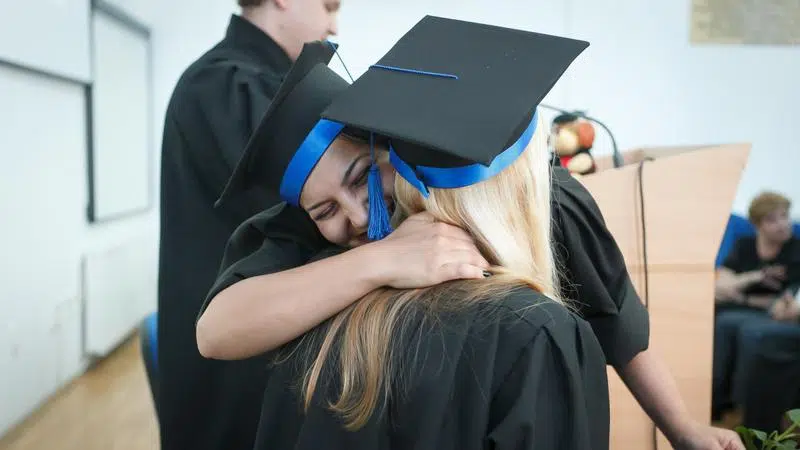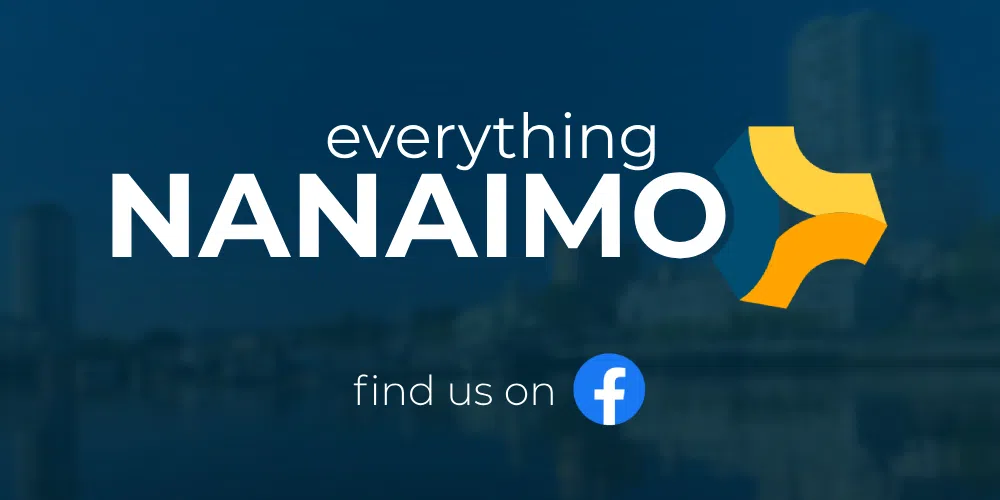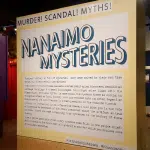
“What is good for the Indigenous student is good for all:” Aboriginal grad rates trend upwards
NANAIMO — A new BC curriculum, more community support and trend-setting youth are among the factors being credited for a sharp increase in the local Indigenous grad rate.
The Indigenous grad rate in Nanaimo rose to 69.2 per cent in 2018-19, up from just over 50 per cent in 2016-17. The rate had steadily fallen for three years before reversing course in the 2017-2018 year.
Chris Beaton, executive director of the Nanaimo Aboriginal Centre, told NanaimoNewsNOW more grads means more than a few extra Dogwood diplomas being handed out.
“Indigenous students are the fastest growing demographic in Canada…this is our future workforce,” Beaton said. “If they’re not skilled or trained or see themselves as members of the Canadian economy and local community, that doesn’t serve any of us very well.”




